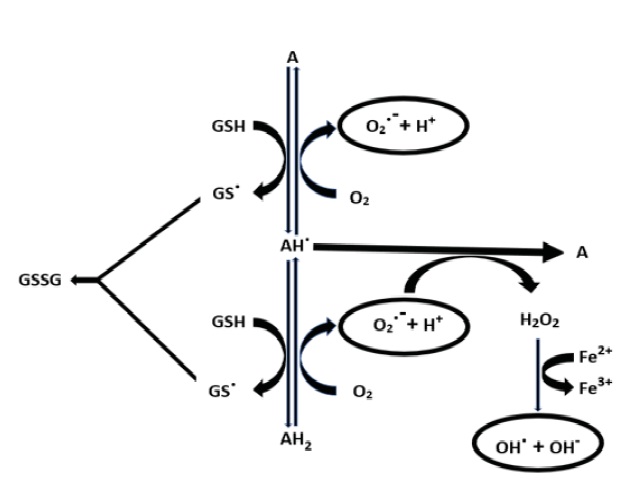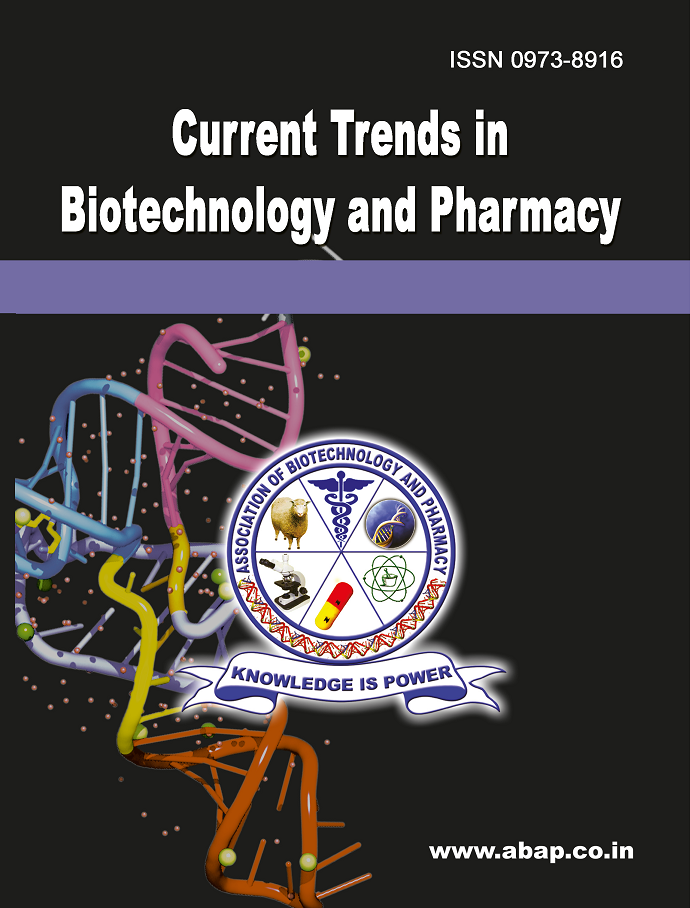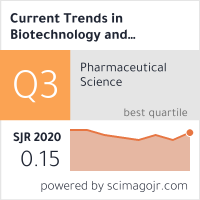An Approach Towards Method Development to Investigate the Anti-Diabetic Activity on Experimental Animals
DOI:
https://doi.org/10.5530ctbp.2021.3.34Keywords:
Diabetes mellitus, voluntary autoimmune model, genetically induced diabetes, virus-induced diabetes, type 2 diabetic models, alloxan, streptozotocinAbstract
lants are used predominantly as the source for diabetes treatment; some plants are authenticated scientifically worldwide for their active constituents. The occurrence of diabetes mellitus has been developed by establishing a large variety of experimental animal models. This development aims to analyze the available diabetic experimental animal models applied as tools to evaluate the mode of action of various drugs and their significant antidiabetic activity. Diabetes research is performed in rodents, even though some experiments are still carried out in larger animals. The current review outlines several methods of induction of diabetes in rodents and large animals and to establish the mechanism through which the available drugs show their potentiality against the development of diabetes. Preferably, we should study multiple animal models over the human diabetic person to signify the drugs’ antidiabetic potential. Most of the plants prove their efficacy towards diabetic disorder conditions by different underlying mechanisms based on various experimental animal models. Presently, the process for evaluating the traditional antidiabetic medicines is hardly useful for testing raw plant materials that are used conventionally for the treatment of diabetes; and natural components, mostly isolated from plants, have been examined in chemically induced diabetic models. This review article proposes new approaches for developing novel antidiabetic drugs and treating this severe disease condition that signifies a worldwide public health issue.



